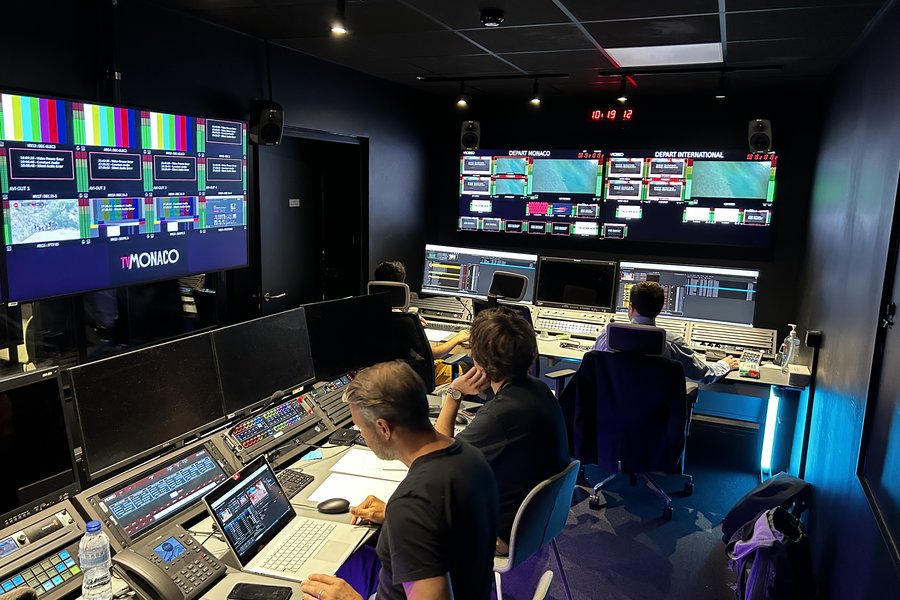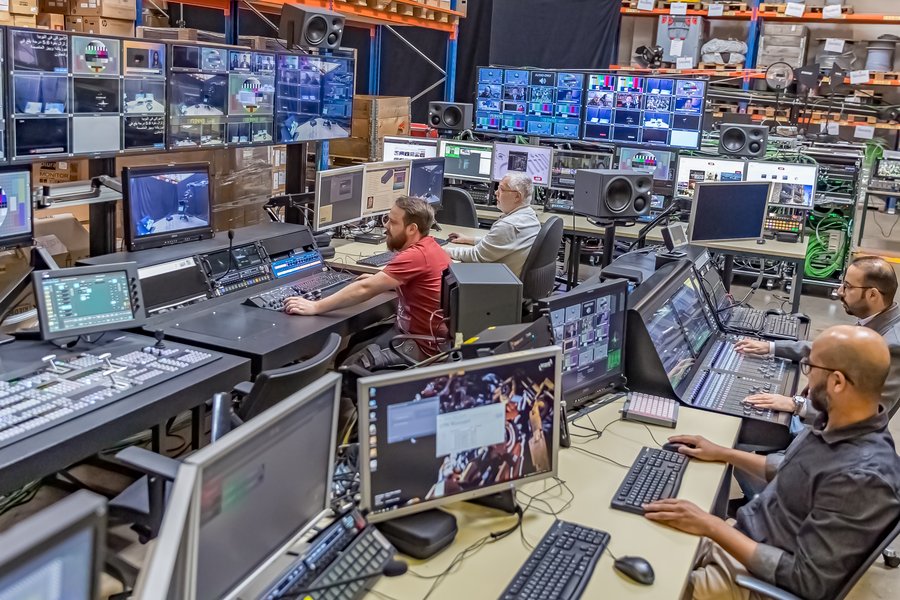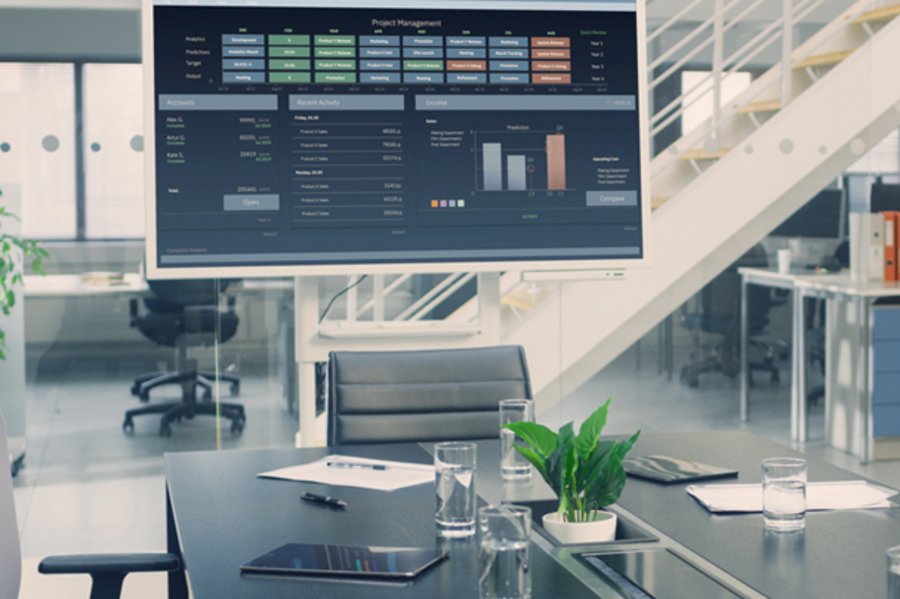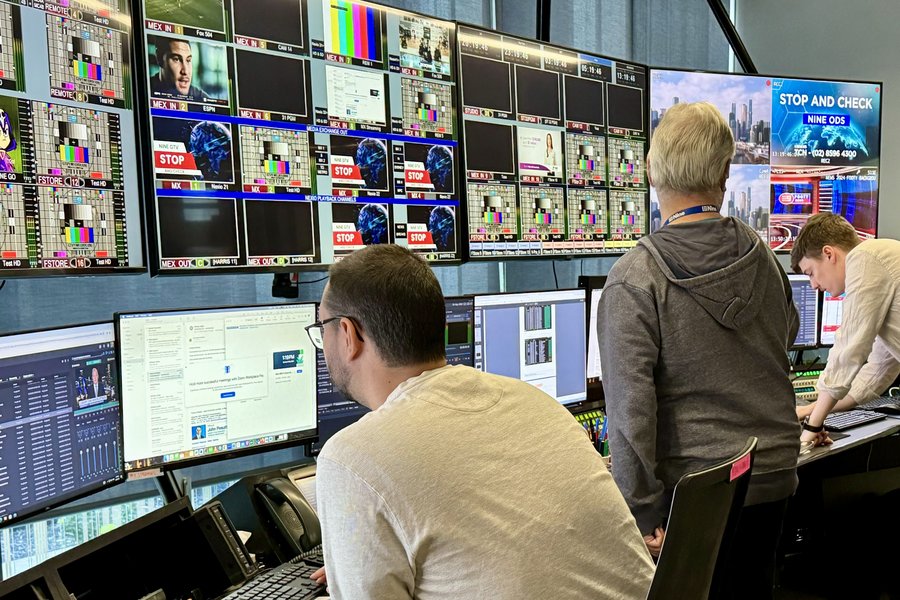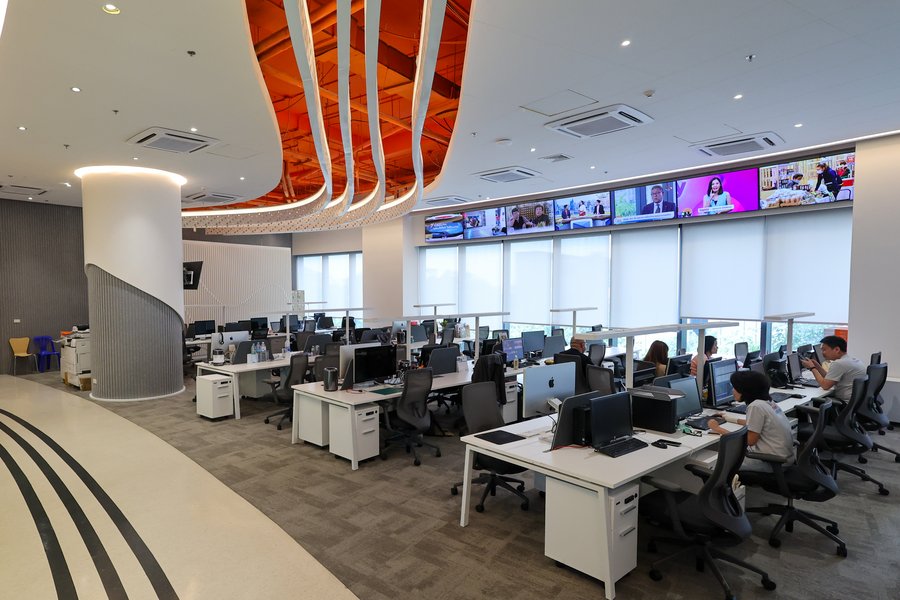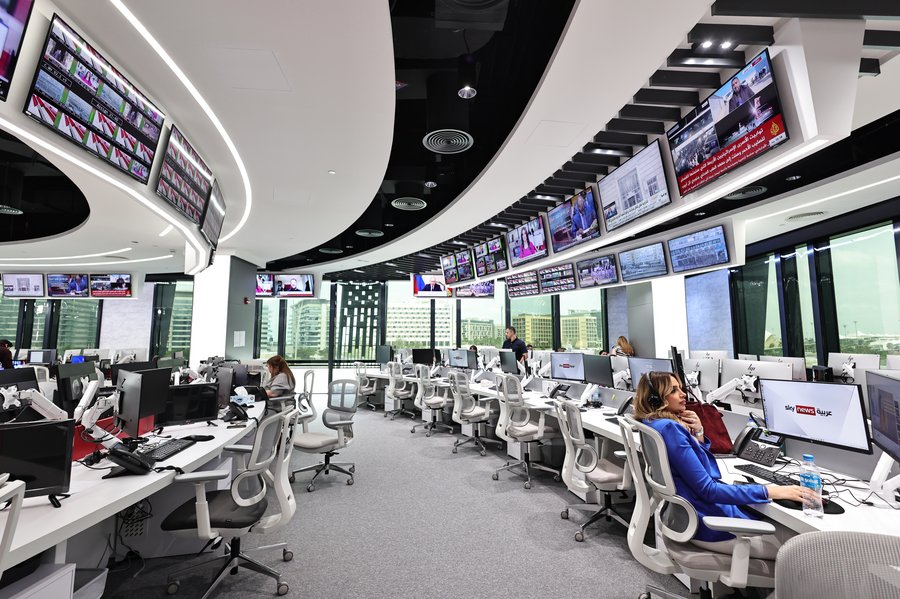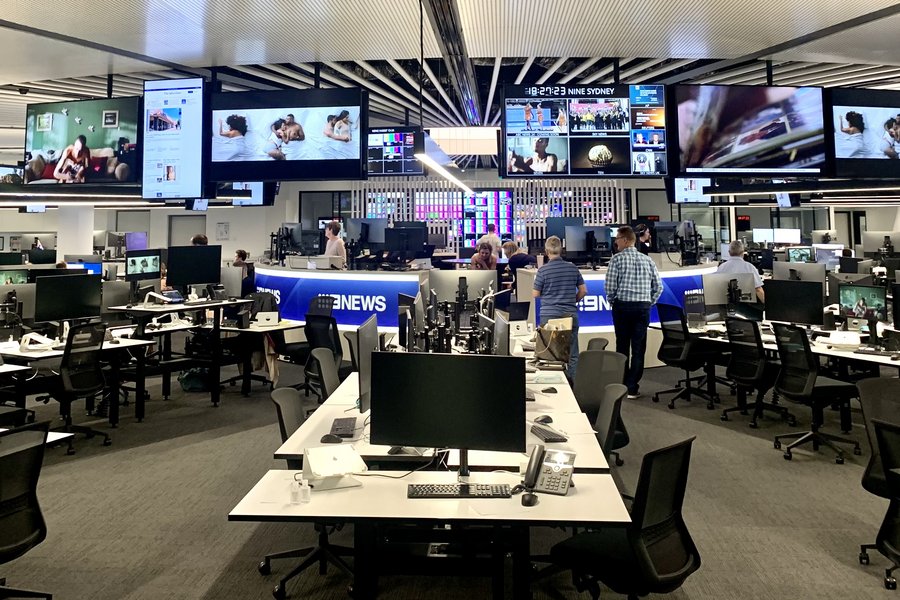Hybrid workflows in live production: Balancing remote, on-prem, and cloud

New realities call for new structures
Hybrid workflows are not a trend, they are the new reality. But what does this mean in concrete terms for media companies, production environments, and IT infrastructures? One example: Producing a European football final is no longer just a technical operation, it exemplifies the fundamental shift happening in media production. While millions of viewers are watching live, a highly complex, distributed workflow runs behind the scenes: The presenter stands in a studio in Munich, the graphics team works remotely from London, and encoding takes place automatically, at scale, and in global sync within a cloud environment. The result: a low-latency, lossless, high-quality broadcast delivered in real time, worldwide.
What was considered a technical exception just a few years ago is now the new normal. Hybrid production infrastructures have become the standard and the necessity. Live production operates under extreme pressure: millions of viewers watch simultaneously, there's no second take, and no room for error. Every second counts. At the same time, expectations are rising: more channels, more content, faster response times, and leaner teams.
Traditional on-premise production setups offer stability and control, but quickly hit their limits when flexibility, scalability, and speed are required. The cloud unlocks new potential for collaboration and automation. At the same time, it presents challenges for broadcasters and production teams such as managing latency, maintaining data sovereignty, or complying with regulatory requirements. Remote workflows enable media professionals to contribute from anywhere in the world, but they also demand new approaches to security, orchestration, and accountability.
The answer is not either-or, but a smart, integrated combination. Hybrid workflows merge cloud, on-prem, and remote setups into a flexible, high-performance production network that meets the complex demands of modern media operations.
A perfect blend of three worlds: What defines hybrid workflows
Hybrid production models bring together the best of three environments, creating infrastructure that delivers both flexibility and performance.
On-prem: Stability, security, and on-site performance
In news broadcasts or especially sensitive content like unreleased investigative material, on-prem remains the gold standard. When latency, availability, and bandwidth are critical, traditional infrastructure is essential. Local servers, routers, and switches ensure minimal delay and maximum reliability. For real-time transmissions, proximity to the source can be decisive.
Remote: Global talent, agile teams, and creative freedom
Editing, graphics, editorial, or signal monitoring no longer need to happen under one roof. Remote workflows make production more agile, efficient, and often more creative, when orchestrated properly. Specialists from around the world can contribute, improving both quality and diversity. The pandemic proved just how effective remote work can be, even in complex environments.
Cloud: Agility, automation, and limitless scalability
The cloud is no longer just a storage space or render farm. It has become a platform for collaboration, automation, and dynamic resource allocation. Increasingly, media companies are producing directly in the cloud, editing, transcoding, and distributing content from there. Cloud solutions enable on-demand scalability, fast format testing, and efficient global distribution. Hybrid workflows connect these layers securely, intelligently, and with usage-based scalability.
Orchestrated, scalable, and resilient integration is key
The success of hybrid workflows depends on seamless integration. When on-prem, remote, and cloud components are fully interoperable, workflows become efficient, flexible, and fail-safe. This requires smart orchestration, automated control, and comprehensive monitoring.
Different systems, networks, and control logics often lead to workflow fragmentation. Without a strong architectural concept, media bridges, manual workarounds, and inefficiencies arise. Broadcasters and integrators address this through end-to-end design, seamless system integration, and a holistic view of the production chain.
In live production, delay is not an option. It's crucial to define which steps remain local and which can be managed via WAN or cloud. Smart load balancing, adaptive streaming protocols (e.g., SRT, RIST), and continuous performance monitoring are essential. Hybrid architectures can reduce latency to just a few milliseconds.
Distributed infrastructure increases the attack surface. Hybrid architectures must meet compliance, data protection, and operational requirements. Security-by-design is key, with zero-trust models, granular access control, end-to-end encryption, and real-time monitoring to keep content secure and regulators satisfied.
Technology must serve people, not the other way around. Interfaces, automation, and user experience need to empower teams to work intuitively, quickly, and securely. Training, change management, and support services help ensure a smooth transition to hybrid workflows.
Key benefits of hybrid production infrastructures
-
Scalability on demand: Productions can be quickly adapted in reach, scope, and tech requirements without major hardware investments.
-
Faster rollout of new formats: Test new channels or formats in the cloud without disrupting the core system. This creates room for innovation.
-
Cost optimization: Cloud resources are usage-based. Remote work reduces travel and infrastructure costs. On-prem is used where it adds the most value.
-
People-first production: Experts can work from anywhere, bringing more flexibility, diversity, and agility to the team.
-
Redundancy and resilience: Spreading critical components across infrastructures increases protection against outages, attacks, or local failures.
-
Sustainability: Hybrid workflows reduce the carbon footprint: less travel, more efficient use of resources, optimized infrastructure.
A look ahead: Trends and innovations
Hybrid production will continue to evolve rapidly in the coming years:
-
AI integration: Automated audio/video analysis, smart editing tools, and personalized viewing experiences are becoming integral to hybrid workflows.
-
5G and edge computing: New network technologies allow for ultra-low latency and decentralized processing, boosting hybrid performance.
-
AR/VR content: Immersive formats require flexible environments, making hybrid setups the natural fit.
-
Automated orchestration: Self-optimizing systems reduce manual intervention, enhance efficiency, and dynamically allocate resources.
Conclusion: Transformation needs direction
Hybrid production is complex, but full of opportunity. Investing in flexible, integrated infrastructure today creates a strong competitive edge for tomorrow. Qvest guides you purposefully through the complex world of on-prem, cloud, and remote with a clear focus on making your production landscape fit for the future. We will shape this path together: decisively, securely and with foresight. Let's start your hybrid future now. Let's talk about it!

